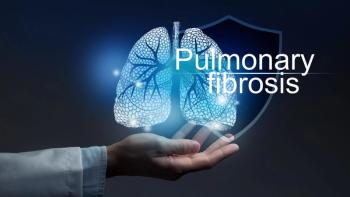
- Pharmaceutical Technology, November 2021 Issue
- Volume 45
- Issue 11
Practical SPC Rules in the Real World of an Ongoing Process Verification Plan: Part 2. Practical SPC Rules to Apply on Pharmaceutical Process Data
Part two of this article series shows how traditional statistical process control rules can be relaxed or adjusted to allow charting and evaluation of real-life data of pharmaceutical processes with a reduced number of false alarms.
Part two of this article series shows how traditional statistical process control rules can be relaxed or adjusted to allow charting and evaluation of real-life data of pharmaceutical processes with a reduced number of false alarms. Ten practical tools or measures are suggested for minimizing false alarms among process data plotted as is on charts, provided concurrent process performance and product quality are demonstrated. This pragmatic approach reduces the number of futile investigations of apparent innocuous process deviations and streamlines the implementation of the third process validation stage of continued process verification or ongoing process verification.
Click here for a PDF of the article.
Peer-Reviewed
Submitted: March 3, 2021
Accepted: May 3, 2021
About the Author
Raphael Bar, PhD, rbar@netvision.net.il, is a consultant at BR Consulting in Ness Ziona, Israel.
Article Details
Pharmaceutical Technology
Volume 45, Number 11
November 2021
Pages: 46–53
Citation
When referring to this article, please cite it as R. Bar, “Practical SPC Rules in the Real World of an Ongoing Process Verification Plan: Part 2. Practical SPC Rules to Apply on Pharmaceutical Process,” Pharmaceutical Technology 45 (11) 2021.
Articles in this issue
about 4 years ago
The Earlier the Better for Formulation Strategiesabout 4 years ago
Taking an Alternative Approach to Drug Deliveryabout 4 years ago
Visual Inspection: Seeing Room for Improvement?about 4 years ago
Detecting and Determining Quantitation Limits for Impuritiesabout 4 years ago
Labeling Efficientlyabout 4 years ago
Meeting Supply and Training Challengesabout 4 years ago
Pandemic Alters FDA Inspections and Quality Oversightabout 4 years ago
Lipids for Self-Emulsifying Drug Delivery SystemsNewsletter
Get the essential updates shaping the future of pharma manufacturing and compliance—subscribe today to Pharmaceutical Technology and never miss a breakthrough.





